| Common Name begins with: [ A ] [ B ] [ C ] [ D ] [ E ] [ F ] [ G ] [ H ] [ I ] [ J ] [ K ] [ L ] [ M ] [ N ] [ O ] [ P ] [ Q ] [ R ] [ S ] [ T ] [ V ] [ W ] [ Y ] [ Z ] |
| Scientific Name begins with: [ A ] [ B ] [ C ] [ D ] [ E ] [ F ] [ G ] [ H ] [ J ] [ L ] [ M ] [ N ] [ O ] [ P ] [ S ] [ T ] [ U ] [ V ] [ Z ] |
| Number of records: 261,459 |
|---|
| Related Species in HESPERIIDAE: | |
|---|---|
<<   >> >> | |
| Links to other butterfly galleries: [Cook] [Lynch] [Pippen] [Pugh] | |||
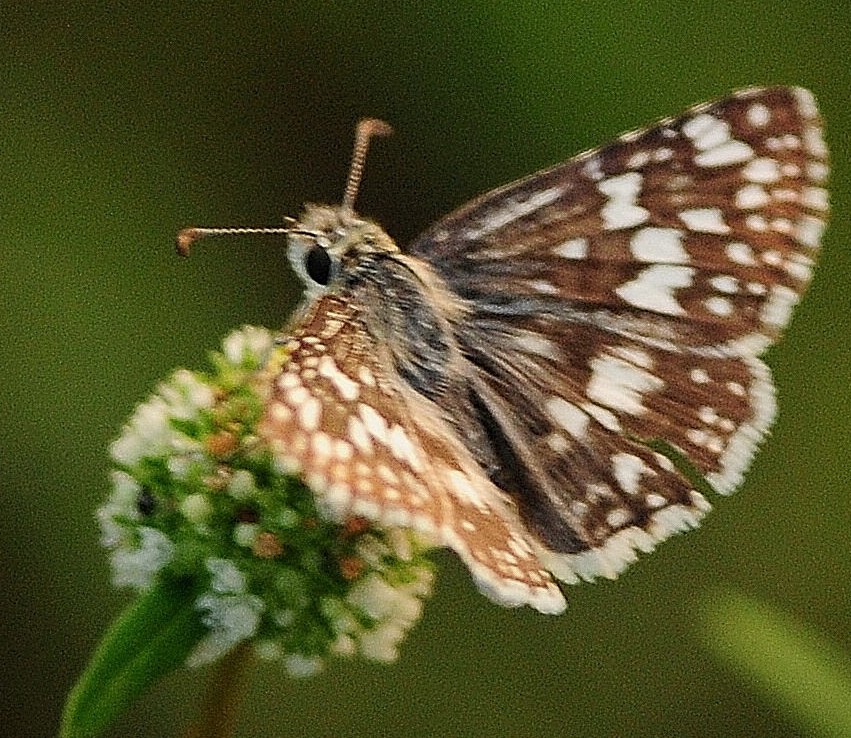 | Photo by: Rick Cheicante Comment: 2013-07-29. Monroe Co. FL female White Checkered-Skipper - Click to enlarge | 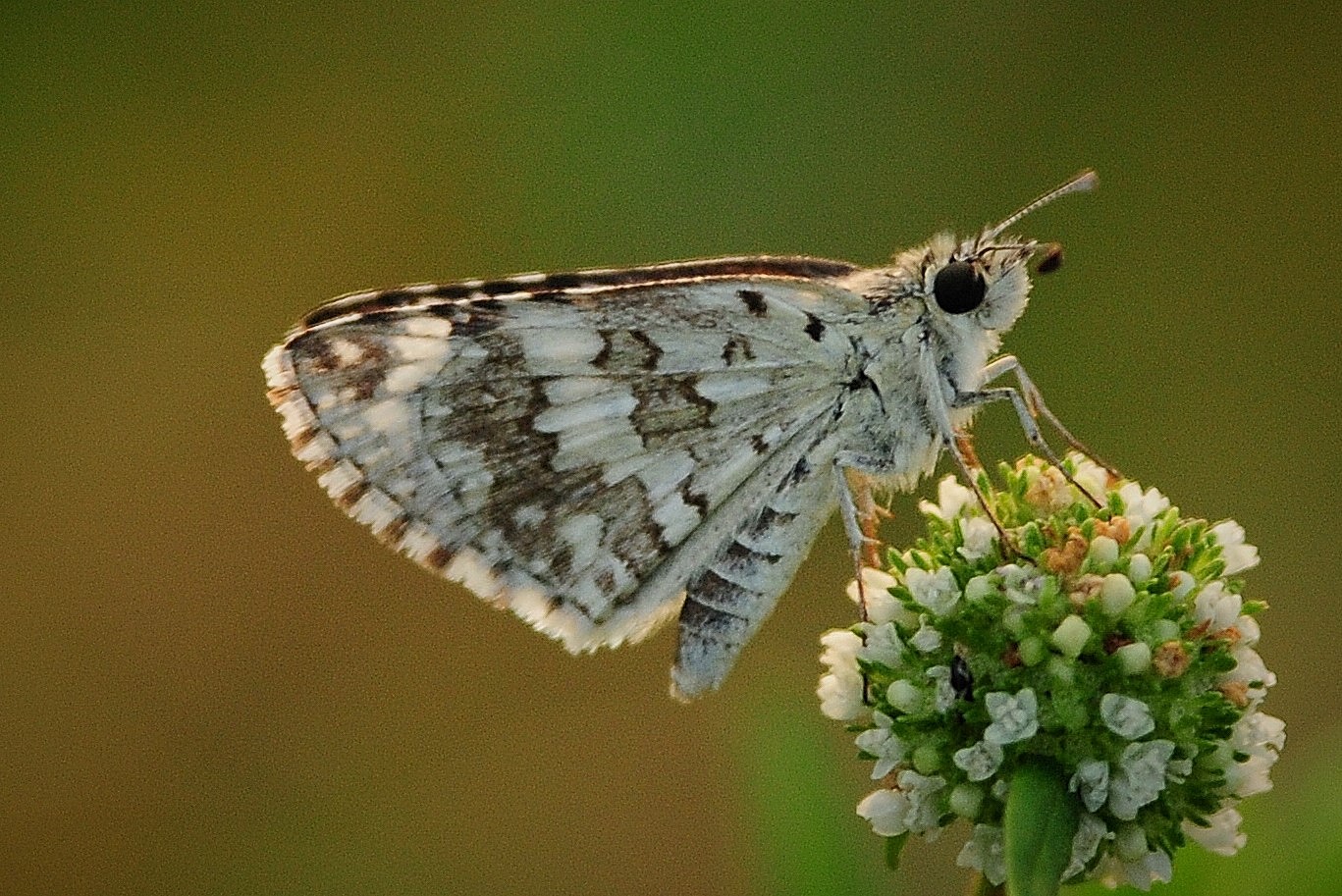 | Photo by: Rick Cheicante Comment: 2013-07-29. Monroe Co. FL female White Checkered-Skipper - Click to enlarge |
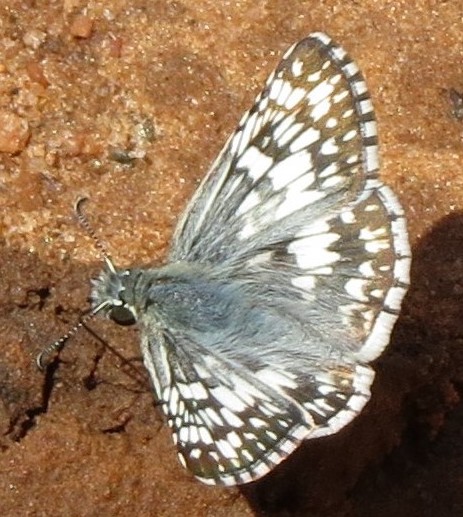 | Photo by: Dennis M Forsythe Comment: June 13, 2020. Calhoun Co., SC. male #1. NOTE: Dennis stated that all male specimens from this part of SC in recent years have been White Checkered-Skippers, as opposed to Common Checkered-Skippers. White Checkered-Skipper - Click to enlarge |  | Photo by: Dennis M Forsythe Comment: June 13, 2020. Calhoun Co., SC. male #2 (different individual from #1 and #3) White Checkered-Skipper - Click to enlarge |
 | Photo by: Dennis M Forsythe Comment: June 13, 2020. Calhoun Co, SC. male #3 (different individual from #1 and #2). Notice the general lack of greenish-blue or obvious blue hairs on these males; Commons average a more blue color on the hairs on the body and wing bases. White Checkered-Skipper - Click to enlarge |  | Photo by: Steve Hall Comment: Male genitalia valve. Collected by Derb Carter along US 17 within a mile of the SC line; Brunswick Co., NC; 2 Nov 2018. Examined by Steve Hall. White Checkered-Skipper - Click to enlarge |
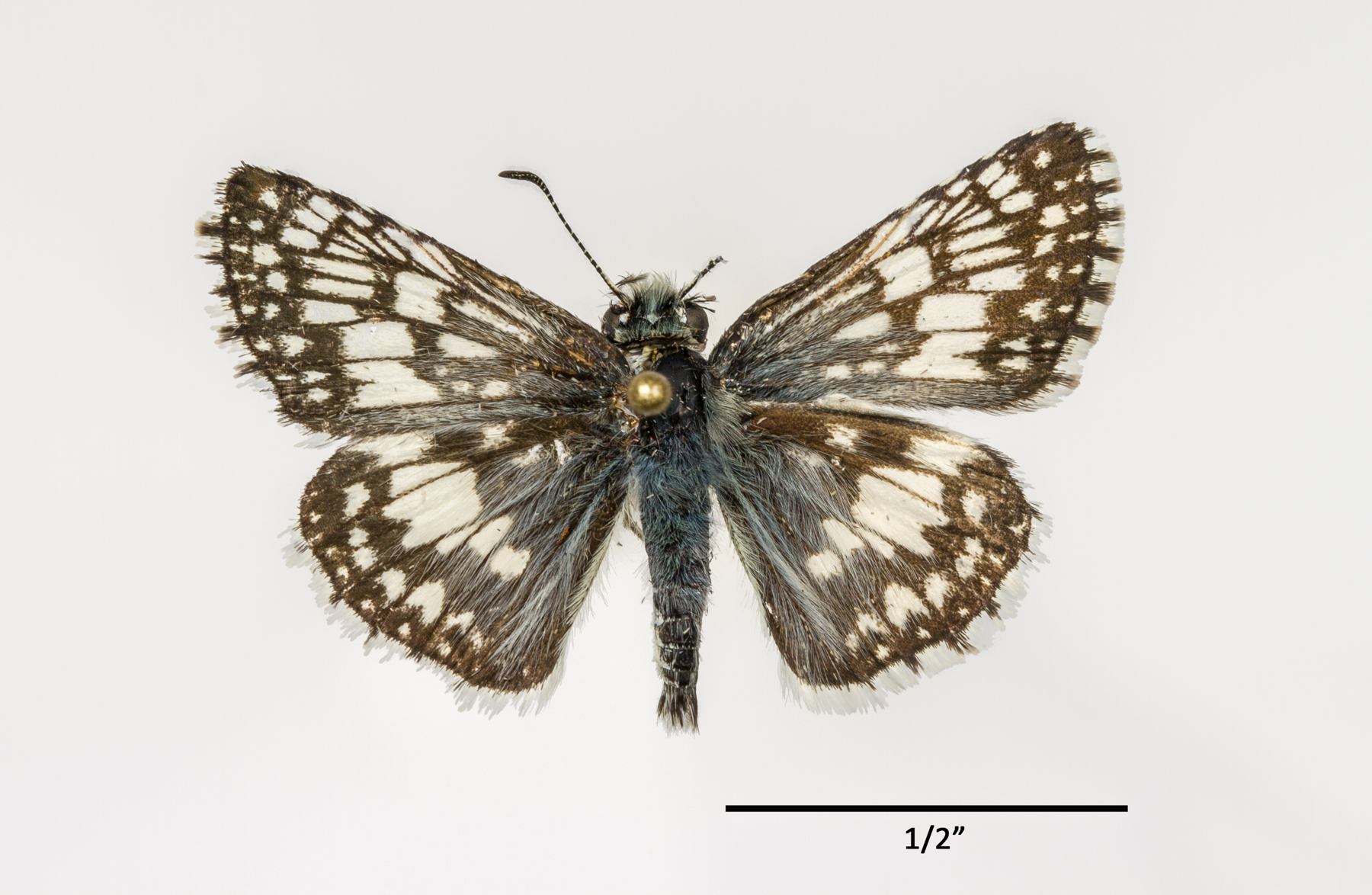 | Photo by: Steve Hall Comment: Pinned male. Collected by Derb Carter along US 17 within a mile of the SC line; Brunswick Co., NC; 2 Nov 2018. Examined by Steve Hall. White Checkered-Skipper - Click to enlarge | 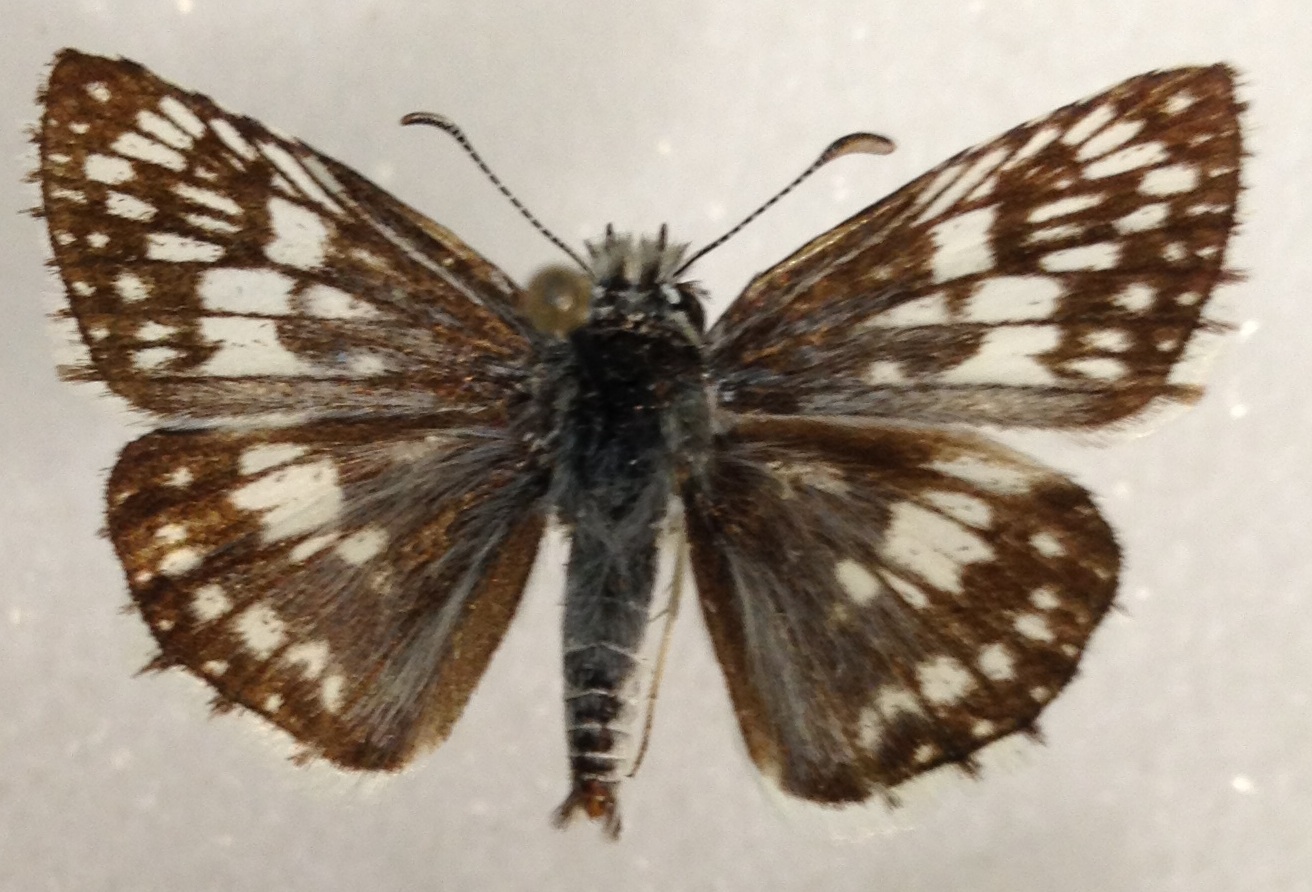 | Photo by: H. LeGrand Comment: 2006-July-13. Pinned male. Collected by Randy Newman at Ft. Macon State Park, Carteret Co. Examined by Steve Hall. White Checkered-Skipper - Click to enlarge |